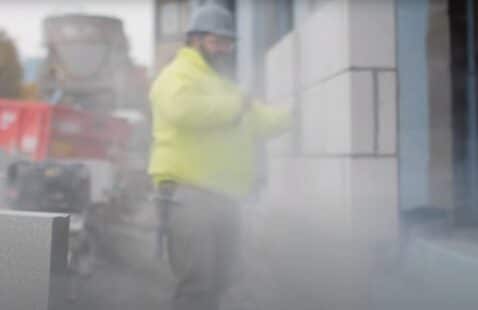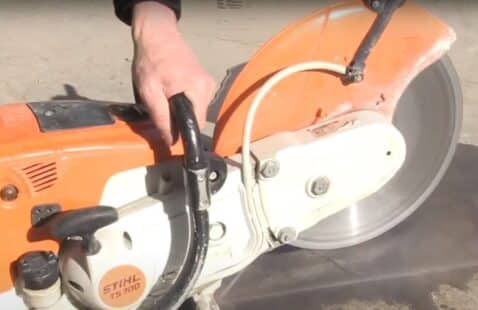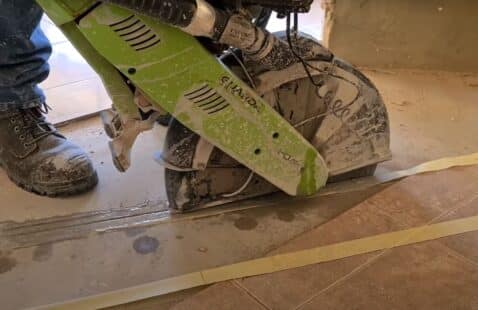What Legal Regulations Govern Silica Dust Exposure in the Workplace?
Adhering to the legal regulations governing silica dust exposure is crucial for maintaining a safe working environment in Auckland's construction…
Read MoreAre There Differences in the Lifespan of Asphalt vs. Concrete?
Concrete offers greater longevity and durability with higher initial costs, whereas asphalt is more cost-effective initially but requires more frequent…
Read MoreWhat Is Silica Dust?
Silica dust, a fine particle released from materials like concrete during cutting, poses serious health risks, necessitating stringent control measures…
Read MoreWhat Are the Best Methods to Control Silica Dust?
Effective control of silica dust in construction involves a combination of engineering controls, such as wet cutting and local exhaust…
Read MoreCan I Cut Concrete Without Water?
An in-depth analysis of the environmental impact of slurry from core drilling, highlighting the challenges and best practices for its…
Read MoreWhat Is the Purpose of Wire Sawing in Concrete Cutting?
Discover the versatility, safety, and environmental benefits of wire sawing in concrete cutting, a crucial method for construction projects in…
Read MoreWhat's the Difference Between Asphalt and Concrete in Terms of Composition?
Both asphalt and concrete have their unique benefits and applications. The choice between them depends on factors like cost, maintenance…
Read MoreDo All Types of Concrete Release the Same Amount of Silica When Cut?
Understanding the risks of silica exposure and implementing comprehensive safety measures are critical in the concrete cutting industry.
Read MoreCan Wet Cutting Prolong the Life of Cutting Blades?
Understanding the pros and cons of wet and dry cutting is essential. Choosing the appropriate method not only affects the…
Read MoreHow to Reduce Dust When Cutting Concrete?
In concrete cutting, minimizing health risks from silica dust is key, achieved through methods like wet cutting, dust extraction systems,…
Read More








